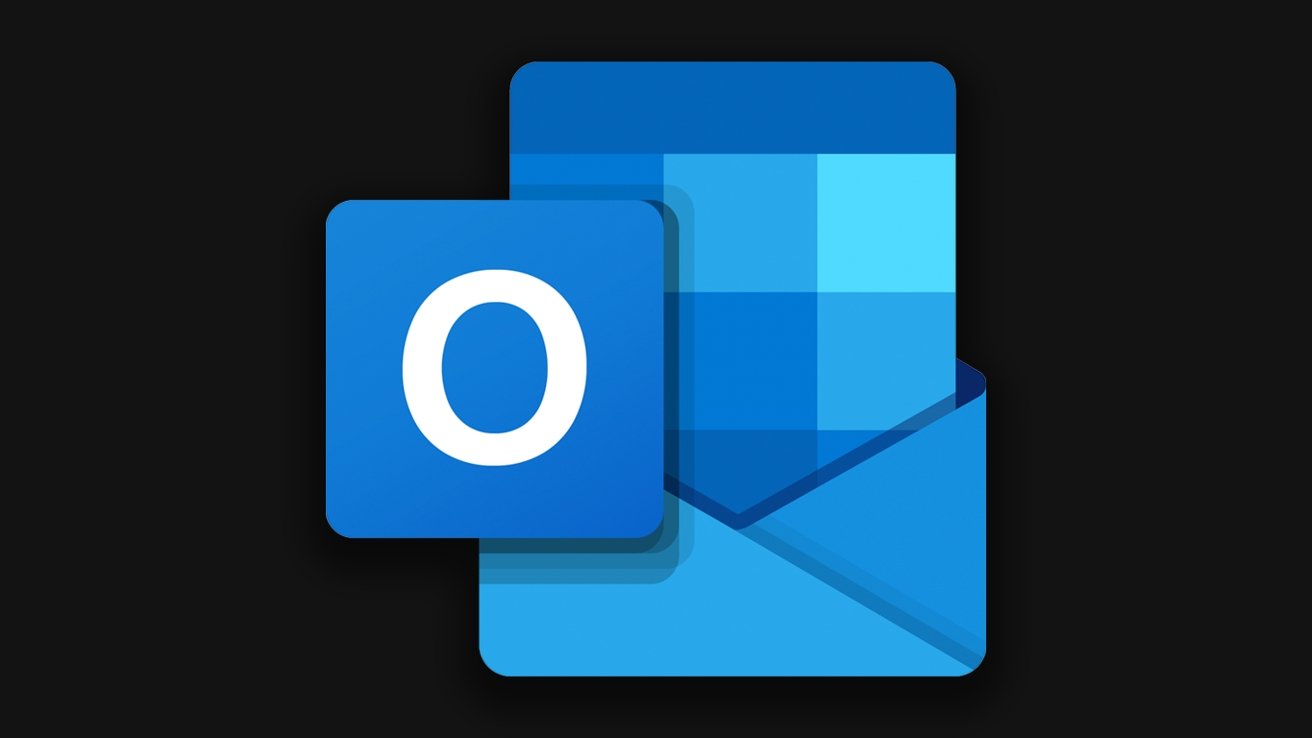This article will be discussing the implications of the Personal Identifiable Information (PII) email “pii_email_d676da6565cc6d745502”, which is an example of a type of data commonly used by large organizations to identify, authenticate, and manage customer information. The article will provide an overview of the significance of PII, analyze the advantages and disadvantages associated with this system, and discuss strategies for protecting PII emails and other forms of customer data.
What is PII Email?
Personal Identifiable Information (PII) is data used to identify, authenticate and manage customer information. This kind of data is often made up of sensitive information, such as name, address, date of birth, Social Security number, email address, etc. The PII email “pii_email_9f68bbe16e9f3ffea749” is an example of a PII email, which is a combination of customer data and additional information that helps organizations to identify and authenticate individual customers.
The Benefits of PII Email
There are several advantages to utilizing PII emails when managing customer data. These emails are incredibly secure and cannot be easily accessed by anyone. They offer robust customer authentication, which makes them difficult to impersonate or spoof. Additionally, PII emails provide organizations with the ability to track customer activity and keep detailed records of their interactions and purchases. Lastly, PII emails are scalable, meaning that organizations can add or remove customers to their system as needed.
The Disadvantages of PII Email
The main disadvantage of using PII emails is that they are difficult to maintain and manage. This can be quite costly, as organizations need to hire staff and invest in software that can manage these emails. Additionally, customers must provide their personal and sensitive information in order to utilize these emails, which can make many customers uncomfortable. Furthermore, companies must protect customer data from potential cyber attacks, which can be a difficult and time-consuming task.
Strategies for Protecting PII Emails
Organizations must implement several strategies in order to protect PII emails and their associated customer data. This includes utilizing strong passwords, encrypting data, implementing regular back-ups, and restricting access to only certain individuals. Additionally, organizations should have an incident response plan in place in the event of a data breach or cyber attack. Lastly, companies should invest in cyber security software to continuously monitor customer data and keep it safe.
Conclusion
Personal Identifiable Information (PII) emails are incredibly secure and offer robust customer authentication, making them an attractive option for organizations to manage their customer data. While there are several benefits to using this system, it also comes with several challenges and disadvantages. Organizations must be aware of these disadvantages, as well as the strategies for protecting PII emails, in order to ensure that their customer data remains safe and secure.






